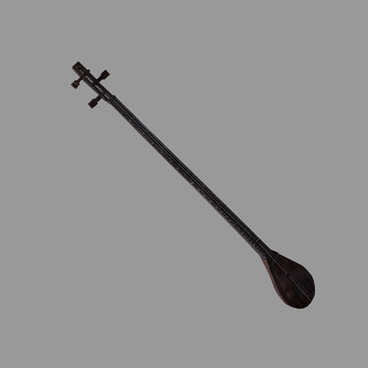Dirham (another version – Dirhem) is an ancient Arabic silver coin introduced in the times of Caliph Al Muqtadir Billah from the Abbasid family, who ruled in Baghdad.
First dirhams were embossed in the 7th century in Arab Caliphate. During the following centuries, such coins were produced in all major cities along the Great Silk Route. Dinars, the golden coins, circulated simultaneously with Dirhams. One medieval Dirham was equal to 1/10 of Dinar and weighted circa 3.9 grams. Both coins were used domestically and abroad. There is evidence of using Dinars and Dirhams in Spain and in Central Asian countries, in particular, in Almatu settlement (currently Almaty city).
Dirham became widely used between 800 and 1012. Those were the times of blooming trade between the Ancient Middle East and European countries. Silver and golden coins from the Arab countries were in circulation in the markets of Northern and Eastern Europe, and sometime later, they could be used for settlements even in England. Already in the late 8th century, Dirhams appeared in Scandinavia and in Vikings colonies in Eastern Europe due to frequent trade expeditions by the Scandinavians across the basins of the Dnieper, the Volga and the Don.
Initially, the silver coin carried the image and the name of the ruling Caliph. However, with time, the Islamic society adopted more stringent laws prohibiting clear depiction of living creatures – people and animals. That is why after a certain year the coins carried only good-minded citations from legends instead of a portrait of the ruler. In our case, the Dirham carries a well-known phrase: ‘There is no god, Allah alone, who has no companion’. Such phrases were embossed in a special style of Arabic script called Kufic writing, because it emerged in al-Kufah.
The coin exhibited in the showcase was used for settlements inside Abbasid Caliphate. This was an Arabic state with theocratic form of government (when the power is fully or partially in the hands of the church hierarchs). Abbasid Caliphate founded in 750 decayed in 1258 after the Mongolian invasion.
This coin circulated in the times of Baghdad Caliph Al Muqtadir, who was a member of a diplomatic mission to Volga Bulgharia. Ahmad ibn Fadlan headed the mission and wrote a report about their trip under the title of Risala (account or journal). Currently this document serves a valuable source for historians studying Eastern Europe of the 10th century. Al Muqtadir became ill famous for being a weak ruler preferring feasts and frolics in his harem to resolving government affairs. He was a son of Shaghab, a Byzantine concubine, and became Caliph in the age of 13; he ruled almost for 25 years until 932.
First dirhams were embossed in the 7th century in Arab Caliphate. During the following centuries, such coins were produced in all major cities along the Great Silk Route. Dinars, the golden coins, circulated simultaneously with Dirhams. One medieval Dirham was equal to 1/10 of Dinar and weighted circa 3.9 grams. Both coins were used domestically and abroad. There is evidence of using Dinars and Dirhams in Spain and in Central Asian countries, in particular, in Almatu settlement (currently Almaty city).
Dirham became widely used between 800 and 1012. Those were the times of blooming trade between the Ancient Middle East and European countries. Silver and golden coins from the Arab countries were in circulation in the markets of Northern and Eastern Europe, and sometime later, they could be used for settlements even in England. Already in the late 8th century, Dirhams appeared in Scandinavia and in Vikings colonies in Eastern Europe due to frequent trade expeditions by the Scandinavians across the basins of the Dnieper, the Volga and the Don.
Initially, the silver coin carried the image and the name of the ruling Caliph. However, with time, the Islamic society adopted more stringent laws prohibiting clear depiction of living creatures – people and animals. That is why after a certain year the coins carried only good-minded citations from legends instead of a portrait of the ruler. In our case, the Dirham carries a well-known phrase: ‘There is no god, Allah alone, who has no companion’. Such phrases were embossed in a special style of Arabic script called Kufic writing, because it emerged in al-Kufah.
The coin exhibited in the showcase was used for settlements inside Abbasid Caliphate. This was an Arabic state with theocratic form of government (when the power is fully or partially in the hands of the church hierarchs). Abbasid Caliphate founded in 750 decayed in 1258 after the Mongolian invasion.
This coin circulated in the times of Baghdad Caliph Al Muqtadir, who was a member of a diplomatic mission to Volga Bulgharia. Ahmad ibn Fadlan headed the mission and wrote a report about their trip under the title of Risala (account or journal). Currently this document serves a valuable source for historians studying Eastern Europe of the 10th century. Al Muqtadir became ill famous for being a weak ruler preferring feasts and frolics in his harem to resolving government affairs. He was a son of Shaghab, a Byzantine concubine, and became Caliph in the age of 13; he ruled almost for 25 years until 932.



